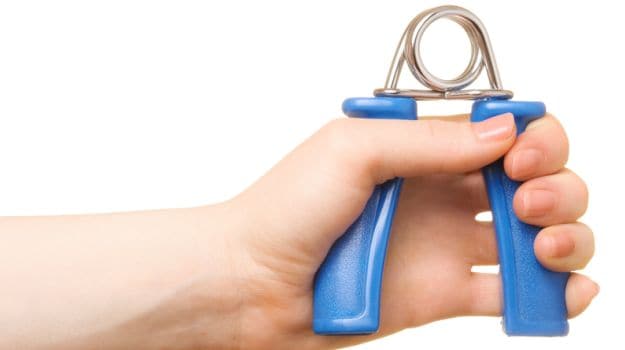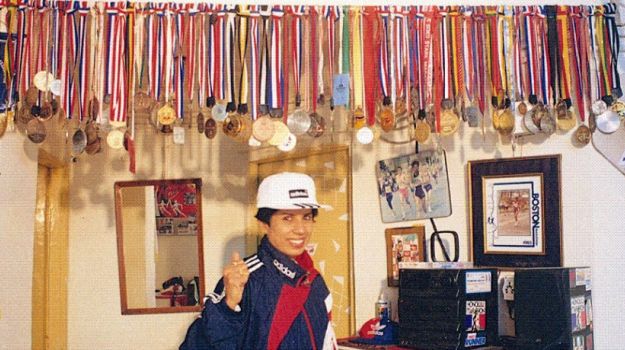 Image credit: Istock
Image credit: Istock
You probably know that high blood pressure, or hypertension, is a major risk factor for heart attack, stroke, vision problems, even dementia. But did you know this? Hand-grip exercises – squeezing one of those V-shape devices with a resistance spring – can lower your blood pressure by about 10 percent.
That’s one of the “15 Things You Better Know About Your Blood Pressure” that AARP reports in the June issue of its Bulletin publication and at aarp.org. It cites a “landmark” paper published in 2013 in Hypertension, a journal of the American Heart Association, which said that while all exercise did good things for blood pressure, “some of the most impressive improvements” came after four weeks of hand-grip squeezing.
AARP suggests squeezing the gripper for two minutes at a time for a total of 12 to 15 minutes, three times a week. You can get one at a sporting goods store for about $10 or $20.
AARP is interested because blood pressure typically rises as we age, and two-thirds of Americans older than 60 are in the “high” zone (140/90 and up.) But about a third of people in their 30s and 40s have hypertension, too.
Some other items from AARP’s list of things to know:
1. New blood pressure medications may not be much better than old standbys. Diuretics, or “water pills,” which remove excess sodium and water through urination, are “some of the oldest hypertension medications around,” the article says. “Newer medications called ACE (angiotensin-converting enzyme) inhibitors prevent the body from producing a hormone that raises blood pressure. Angiotensin II receptor blockers, or ARBs, block the action of the same hormone. Research shows that the newer meds may be no more effective than diuretics, though they often have fewer side effects.”
2. Some over-the-counter medications can raise blood pressure by several points. These include cold medicines that contain pseudoephedrine and nonsteroidal anti-inflammatories such as ibuprofen.
3. Deep breathing – slowing down to about six breaths in 30 seconds – can take three points off your systolic pressure. That’s the top number in your blood pressure reading. It’s the one to watch as you get older, because the bottom number, your diastolic pressure, peaks at about age 55 and gradually falls.
4. High blood pressure often has no symptoms. You probably knew that, too, but it’s the kind of thing you forget because – well, because you have no symptoms. So get it checked.










